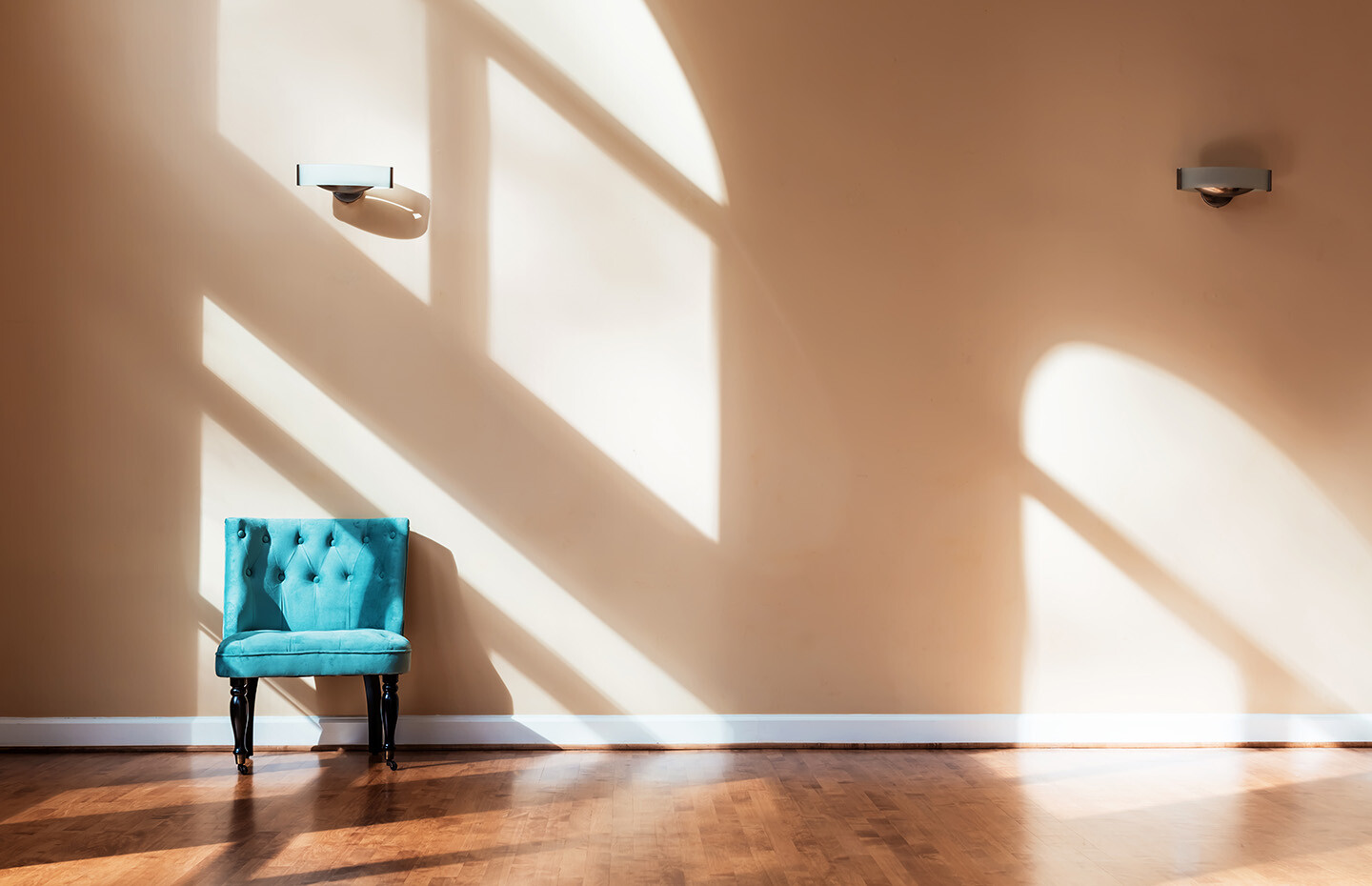Search for topics or resources
Enter your search below and hit enter or click the search icon.

One of the biggest misconceptions about building insulation is the idea that a building needs to "breathe." As insulation experts, we often hear questions like, "Won't sealing up my house too tightly create issues?" The answer may surprise you, but no—buildings do not need to breathe. The truth is that people need to breathe, not the structures they live in.
Creating a tightly sealed building envelope with air-barrier insulation, like spray foam, can lead to significant benefits for both comfort and energy efficiency. In this article, we'll explain why a well-sealed building is a good thing and how you can ensure good indoor air quality with the right ventilation system.
One of the key features of spray foam insulation is its ability to act as an air barrier. This means it doesn’t just resist heat flow (like traditional insulation); it also seals off small gaps and cracks where air might otherwise leak in or out of the building. When used as the main insulation in your home, spray foam creates a tight building envelope that keeps conditioned air inside and unconditioned air out.
This air-tight seal offers a few important benefits:
The Myth: “Buildings Need to Breathe”
The idea that buildings need to "breathe" likely comes from a time when homes were much more drafty and relied on gaps and cracks for air exchange, but this "natural ventilation" isn’t effective or energy-efficient. Building science has shown that it’s far better to build tight building envelopes and take care of the indoor air from the inside with a proper air management system. Instead of relying on leaks and drafts, a properly designed, tightly sealed building will have controlled mechanical ventilation that ensures good indoor air quality without compromising energy efficiency.
Once you’ve sealed up a building with spray foam insulation, you’ll need to ensure that there’s a system in place to provide fresh air for the occupants. This is where ventilation comes in, this is the V in HVAC. While buildings don’t need to breathe, the people living in them do, and managing indoor air quality becomes important.
The best approach is to handle ventilation from the inside out using a controlled air management system. This system can be simple or complex, depending on the needs of the home and its occupants. Here are a few options:
By choosing the right ventilation setup, you can ensure that indoor air remains fresh and healthy while keeping the building envelope sealed for maximum efficiency.
The saying in building science, “Build it tight and ventilate right,” captures the ideal approach to modern building construction and insulation. Here’s why a tight building envelope is better:
A leaky building doesn’t equal a well-ventilated building. In fact, letting outside air slip into the home uncontrollably is both inefficient and ineffective for air quality. A tight building envelope provides the foundation for energy efficiency and comfort, while controlled ventilation ensures that the air inside remains fresh and healthy.
So, if you’re wondering whether buildings need to breathe, remember this: the goal isn’t to let the building breathe but to let the people inside breathe comfortably and healthily, using a controlled system. With spray foam insulation, you’re taking a smart step toward a tighter, more efficient building envelope that you can ventilate the right way for a healthier and more comfortable home.
For more insights on how spray foam insulation can transform your space reach out to us. We’d be happy to help you create a home that’s both energy-efficient and comfortable!